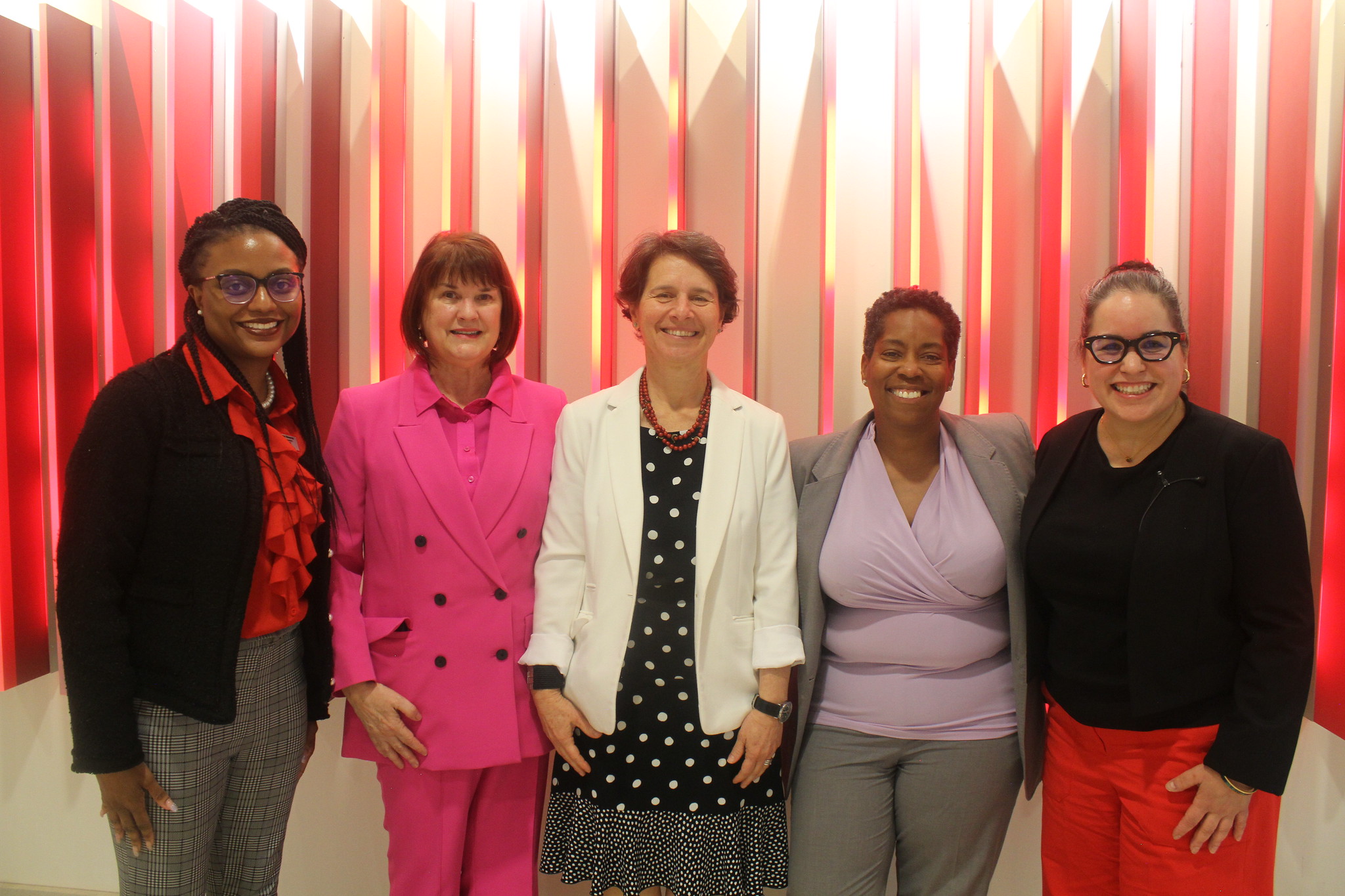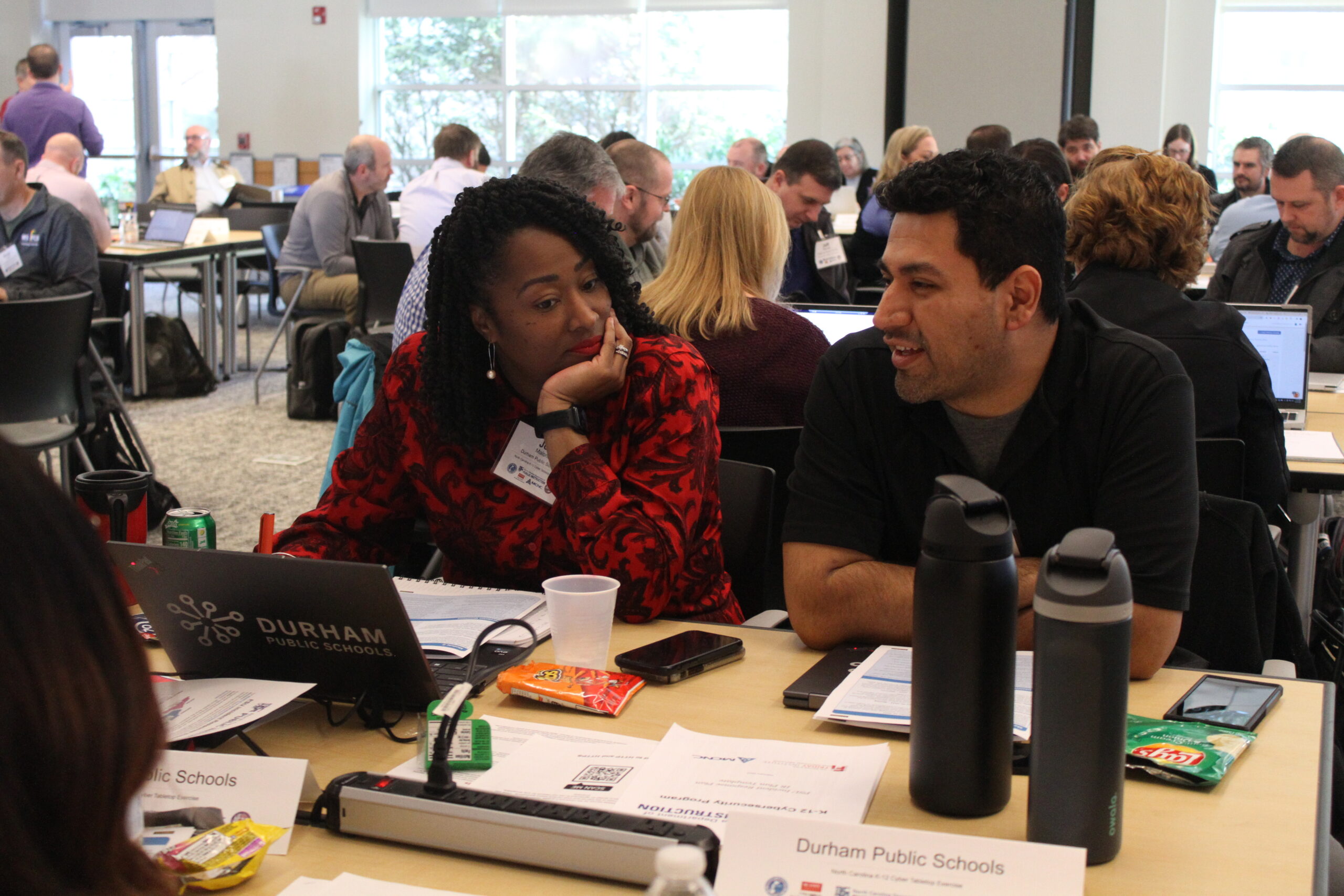Oh, Lit is Lit, and Math is Math: The Content-Specific Tool Fallacy
By Alex Kaulfuss, Ph.D., NBCT
When I introduce myself to colleagues as an educator who is certified in both English / Language Arts (ELA) and Mathematics, I am often met with looks that betray their shared, hidden question: What lusûs naturæ have they placed before us at which to marvel? I understand their response, for, in the minds of many, lit is lit, and math is math, and never the twain shall meet.
This oft-referenced Kiplingian sentiment has led many educators to the conclusion that tools, resources, and materials which have value in one content area, as a consequence, have no value in other content areas. Some suggest that as Blogs work well in an ELA classroom, they have no place in the science classroom, or that because the Timeline JS from The Northwestern University Knight Lab is an awesome tool for history teachers, there is no value in it for math teachers. This gives rise to a demand for content-specific tools, because only they have pedagogical value. This is a fallacy.
Almost as often as Kipling’s poem is alluded to, the third and fourth lines are overlooked: But there is neither East nor West… / When two strong men stand face to face, though they come from the ends of the earth! When powerful pedagogy and an effective tool or a robust resource stand face to face, there is neither lit nor math; there is simply dynamic education, though they come from different disciplines.
Please do not misunderstand: I am not suggesting that content-specific tools do not have value. That is not my point; my point is that they are not the only ones that have value. Discipline-neutral tools and resources, besides serving as instructional partners across disciplines for teachers who know how to properly leverage them, offer the added bonus of providing consistency across the school day for students. Through my work at the Friday Institute for Educational Innovation at NC State University, I have had the opportunity to explore a variety of tools, devices, and resources that lend themselves to enriching the educational experience for students.
Here are just a couple:
- (1) Edpuzzle: A tool that allows teachers to load videos from a variety of sources; add annotations, questions, and (if they so choose) their own voice-overs; track student participation and comprehension; and embed video assignments within their own sites. As there are video resources available for all content areas, all content areas can benefit from Edpuzzle, turning a passive viewing experience into an interactive learning activity.
- (2) Thinglink: Every classroom I’ve ever been in has some sort of informative posters or infographics on the walls. Every one of these was carefully designed to balance text and images. As each additional word is added, the designer must make decisions about what part of the image to obscure, or sacrifice. With Thinglink teachers are able to add a veritable horde of text, video, images, links, etc. to any infographic, obscuring (only at times) tiny pieces of the overall graphic.
By all means seek out content-specific tools and resources. SciShow offers a cool cache of videos… that plug directly into Edpuzzle. When students find primary documents for your history course, have them plug them into Thinglink. As you find discipline-neutral tools and resources, assess them not by asking, “Was this designed for my content area?”, but rather by asking, “How can I, a talented teacher, leverage this tool to serve as an instructional partner in order to further and deepen my students’ learning?” You may be surprised by the answer.
 More About the Coaching Digital Learning MOOC-Ed
More About the Coaching Digital Learning MOOC-Ed
This free, six week MOOC-Ed course allows participants to learn along with their colleagues on a global scale to enhance digital learning content knowledge and further develop coaching strategies. CEUs are offered along with a Certificate of Completion. For more information go to www.mooc-ed.org #CDL_MOOCEd

